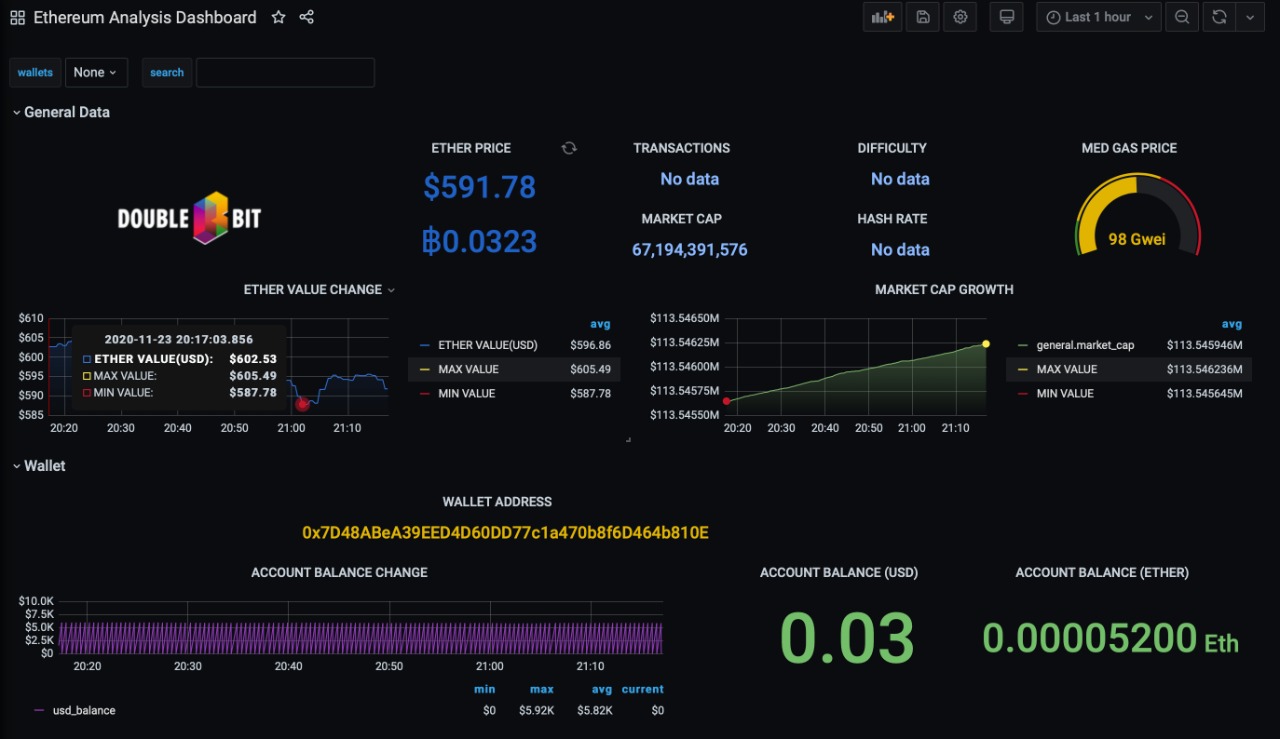The use of data-driven dashboards has become a vital part of decision-making within organizations. Compared to the traditional row and column view seen through spreadsheets, dashboards provide the decision-maker with a birds-eye view of important metrics in a simpler and visual manner.
Over the years, dashboard creation has become easier and now is at a point where any individual can create their own dashboards for free.
There is a diverse selection of tools out there to support this, but below are a few of our favorite tools.
Microsoft Excel
Excel is a powerful tool when it comes to analyzing data and apart from displaying data in rows and columns, it also enables users to visualize their data with graphs and charts. This can either be done by inserting charts, or by using pivot charts. Furthermore, it also lets users add in filters in the form of slicers to make interactive data-driven dashboards.
Below are screenshots of a few impactful dashboards we have come across.

2. Microsoft Power BI
This tool is provided by Microsoft free of charge for Windows users. It enables users to connect to over 120+ data sources and visualize their data by simple drag and drop functionality. For users with advanced knowledge in Power BI, it enables deep data modeling features which let you slice and dice the data and clean it before visualization.
Power BI also has a cloud version where users can share dashboards with others within their organization. However, report sharing is a paid feature of Power BI. You can view their pricing plans by going here.
Power BI also lets users enable automated data refreshes, visualize real-time data, and share desktop as well as mobile-friendly reports. Furthermore, Power BI provides advanced sentiment analysis, AI-based suggestions, and more predictive analytics solutions for users who are able to deep dive with its features.
Below are screenshots of a few impactful dashboards that the Kaliso team has created for our clients.
3. Tableau
Similar to Power BI, Tableau is another data visualization software that lets users connect to over 50+ data sources and visualize their data by simple drag and drop functionality. However, unlike Power BI this software only comes with a limited free trial and afterward becomes a paid solution. You can view their pricing plans by going here.
The main difference between Power BI and Tableau is that Power BI caters to a general wider audience while Tableau is focused on Data Analysts. Tableau can also handle a huge volume of data at better performance compared to Power BI.
Below are screenshots of a few impactful dashboards we have come across.

4. Grafana
Grafana is an open-source tool that pulls real-time data using queries to create informative visualizations. This tool is more used towards visualizing server and application-related data to monitor performance in their runtime environment.
This tool enables users to visualize the data over a period of time. This is called Time series analytics. Furthermore, Grafana enables users to connect to over 20+ data sources and also host their dashboards locally for enhanced data security.
Below are screenshots of a few impactful dashboards that the Kaliso team has created for our clients.
Conclusion
Other than the above, there are multiple data visualization software with their own unique offerings users can use to visualize their data. A few noteworthy mentions would be Qlik Sense and Google Data Studio which have high popularity with organizations.
However, it is important to select the right tool for the requirement after understanding each tool’s value proposition. The above list is a few of ours and our clients’ favorites. Let us know which tools you use to analyze your data in the comments below.


